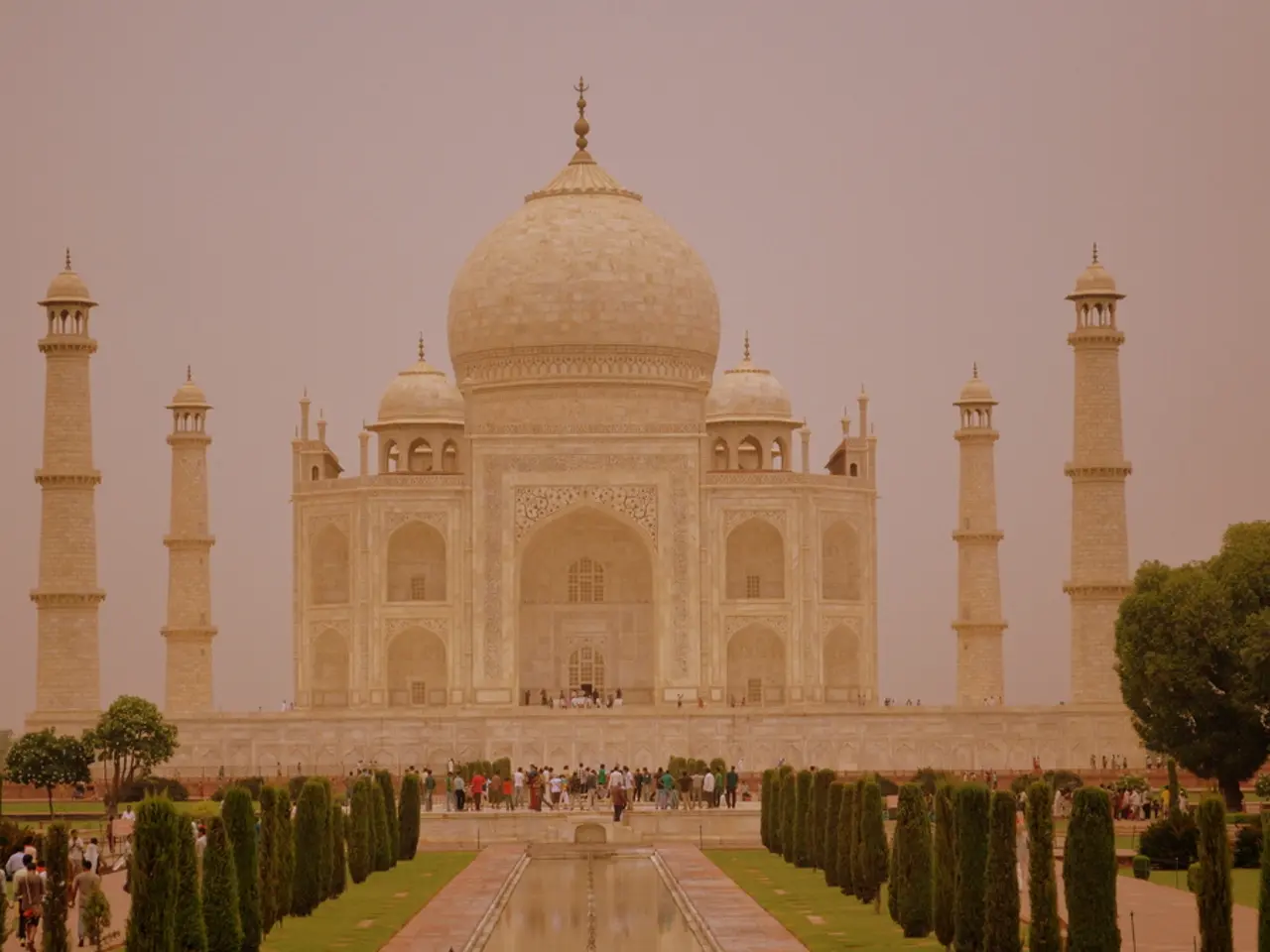"India's Economic Independence Statement Praised": Filmmaker Shekhar Kapur applauds PM Modi's resistance against Trump's tariff threats
In a notable escalation of trade tensions, the Trump administration imposed and escalated tariffs on Indian goods, with the highest rate reaching 50%, starting from mid-2025. This move was partly in response to India's high tariffs and its continued imports of Russian oil, despite US sanctions on Russia.
The tariffs, announced in late July 2025, initially stood at 25%. However, they were further increased to 50% on August 27, 2025, due to India's continued purchases of Russian oil. The additional tariff on Indian exports could potentially deal a serious blow to various sectors of the Indian economy, including textiles, ready-made garments, steel, auto-components, and gems.
The Congress president, Mallikarjun Kharge, condemned the use of tariffs to pressure India into altering its foreign and trade policies. He emphasised that "India's national interest is supreme." The Modi government, in response, is carefully evaluating these tariffs and pursuing bilateral talks with the US to address trade disputes while maintaining a broader foreign policy focus on strategic autonomy.
The Indian government has also insisted that the demands for opening its markets to American genetically modified crops and duty-free imports of US farm and dairy products are "non-negotiable." Prime Minister Narendra Modi said he is prepared to "pay a very heavy price" for resisting Washington's demands.
Some opposition leaders, such as MP Tejashwi Yadav, have accused the government of "dancing to America's tune." Shashi Tharoor, a Congress MP, suggested that the tariffs might hint at "some other hidden message from Washington" and urged India to retaliate with similar duties on US goods.
The US-India trade tensions have a long-standing background, with India complaining of high US tariffs on its exports despite a growing trade deficit favoring India from the US standpoint. The value of exports to the US was approximately $87bn in 2024.
The Modi government has cited the need to protect India's vast farming community as the reason for not accepting these demands. The foreign ministry denounced the tariffs as "unfair, unjustified, and unreasonable." Tharoor proposed reciprocal tariffs after Trump's announcement, suggesting that the tariff rate should be raised to 50%.
As negotiations continue, there are concerns that a 50% tariff on Indian goods could push US buyers towards regional competitors like Vietnam, Bangladesh, and China. The US has announced punitive export tariffs on Indian goods, adding to the complexity of the ongoing trade disputes.
This article represents the current status as of August 2025, with negotiations ongoing and the tariffs set to take full effect later this month. The dispute reflects deeper structural trade issues and geopolitical factors involving Russia, energy security, and multilateral trade rules.
- The escalated tariffs on Indian goods in the market, initiated by the Trump administration, have raised concerns within the Indian finance industry regarding the potential impact on various sectors of the economy.
- The ongoing US-India trade tensions, rooted in historical trade imbalances and geopolitical factors, are likely to influence the general news narrative, especially within the industry and business sectors.
- The Modi government's stance against opening India's markets to genetically modified crops and duty-free imports of US farm and dairy products is a reflection of the broader economic and political strategy, focusing on maintaining strategic autonomy in the mining and agriculture sectors.
- The increase in tariffs on Indian exports could lead to a shift in business practices, with US buyers potentially seeking out alternative sources in regional industries like Vietnam, Bangladesh, and China.
- The debate over tariffs and trade policies is not only a matter of finance and business, but also a topic of political discussion, with opposition leaders accusing the government of aligning with foreign interests at the expense of national priorities.




